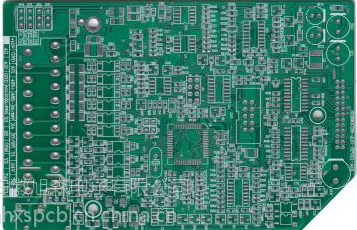During the implementation of the MES system, due to the different conditions of each smt chip processing enterprise, there are bound to be some situations that cannot meet the needs of the enterprise, which requires the secondary development of the MES system. MES needs to meet customer specific requirements again through customization, function enhancement, function modification, localization and interface. To be solid and not rigid, the only way to place the definition of the system in a flexible demand-guided engine is not only the development phase, but also the maintenance phase. If it is used well, it will be retained and strengthened. If it is not used well, it will be removed and perfected. Let's briefly analyze it below.
1. Necessity for secondary development of MES system

From the perspective of smt chip processing manufacturers, due to the increasing function of MES system, MES system software functions need to be continuously upgraded. Once users have new requirements, manufacturers need to redefine development and affect the whole body. Therefore, in order to adapt to customer needs, manufacturers need to separately define the various modules of the MES system, and deposit some core and stable functions on the MES platform. Once the customer has a new module demand, the manufacturer only needs to add the module. That is, the user can independently select the appropriate function.
From the user's point of view, with the development of PCB companies, user needs are increasing, and delivery requirements are getting faster and faster. However, the existing functions are far from meeting the existing production requirements, and secondary development is inevitable.
2. The risk of the secondary development of the MES system
1) Increase the difficulty of system upgrade
MES suppliers will periodically improve and expand the new functions of the system, and continuously release new versions. The system upgrade is only for the standard version, and will not take into account the part of personalization and secondary development, so most of the secondary development work needs to be revised or developed.
2) Reduce system stability
Mature MES software has high stability. The secondary development is only for a single user, and certain partial changes are often due to meet special needs without considering the overall impact and the stability of the entire system. The secondary development has limited testing and trial run time, system complexity and coupling. Increase in the degree, reduce the stability of the system.
3) Deviation from the original intention of the enterprise to implement the MES system
Secondary development requirements often make the reasonable logic of the MES system succumb to the company's inherent and habitual working methods, and it will also affect the stability of the process by improving the efficiency of the use of the system by employees in different departments. SMT patch processing companies cannot learn from the system optimization process and learn advanced management models.
4) Increase the cost of the MES project
The secondary development is only for the sole user, so the entire cost of these program development is borne by them. Even if the enterprise uses the secondary development on its own, manpower and material resources must be invested, which will inevitably increase the cost of the MES project.